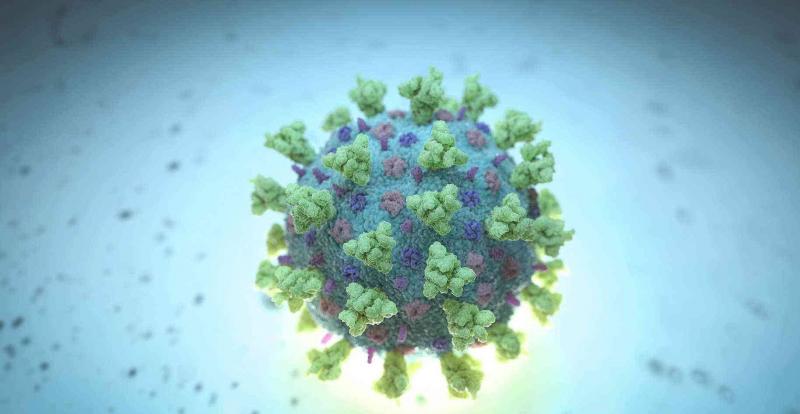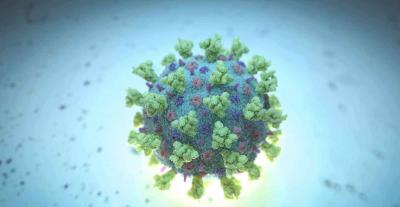Scientists in Japan have identified a virus that selectively kills males and is hereditary, resulting in generations composed entirely of females. Greg Hurst, an expert in mutualism at the University of Liverpool in England who did not participate in the study, stated that "this discovery in larvae, described in the Proceedings of the National Academy of Sciences, serves as 'strong' evidence that 'more than one virus has evolved to selectively kill male insects.'" This could potentially aid in controlling disease-carrying vectors like mosquitoes in the future.
Researcher Daisuke Kagiyama from the National Institute of Agricultural Sciences in Japan and one of the study's authors predicted that "more cases like this will be discovered in the near future." The virus was found accidentally when Misato Terao, a technical researcher at Minami Kyushu University, was tidying a vegetable nursery on campus and noticed the green parasitic larvae chewing on the plants. She captured them and transported them to insect physiologist Yoshinori Shintani's lab.
Shintani determined that the larvae—tobacco hornworms, a type of predatory pest and agricultural pest in Asia—could be useful for feeding other insects. By the time he remembered them several days later, he had around 50 adult insects, unexpectedly all of which were female. Dr. Shintani and his colleague Dr. Kagiyama soon realized that the insects carried a "male killer."
For decades, scientists have known that parasitic microbes, typically bacteria, can reside in the jelly-like cytoplasm of insect cells. Through a process not well understood, these microbes can be passed down through generations. Sometimes, these microbial mutualists interfere with host reproduction. Dr. Kagiyama explained that "males are useless" as they cannot help spread the microbe, so the mutualist simply eliminates them. The bacterium Wolbachia can prevent the birth of male insects, while other bacteria kill developing males before they hatch.
Shintani's team discovered that antibiotics did not stop the effect of male-killing in the offspring of the hornworms, indicating that bacteria could not be responsible. Genetic analysis revealed clear signs of a virus. External experts suggest that the team's discovery indicates that male-killing viruses may be more common than previously expected. Hurst noted that this finding could have implications for managing other significant agricultural pests closely related to the tobacco hornworm.




